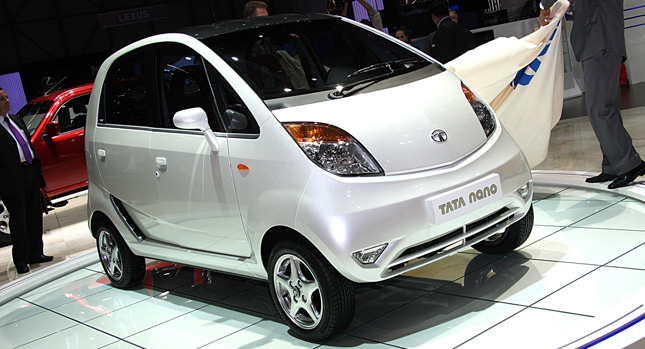The world’s cheapest new car, the Tata Nano, has not enjoyed the success the Indian carmaker envisioned when it introduced it in 2008. Since deliveries began in July 2009, only 229,157 Nanos were sold in India, although the plant that makes it has a capacity of 250,000 units a year. Furthermore, in March 2013, sales dropped by a staggering 86 percent from a year earlier.
The reason for the Nano’s lack of appeal is a rather peculiar one: the car is too cheap. At around $2,800 (€2,150), buyers don’t see it as a car. And who’s to blame them, since Tata Motors promoted the Nano as an inexpensive alternative to a motor scooter. This is why the automaker is rethinking its strategy and wants to introduce pricier models based on the Nano.
Essentially, Tata will build more expensive Nanos that will have similar prices to those of its rivals. Tata managing director Karl Slym told Bloomberg News that the current Nano’s marketing strategy “didn’t gel with anybody”. To put it simply, Slym said scooter drivers didn’t upgrade to a Nano because others “don’t think I’m buying a car, they think I’m buying something between a two- wheeler and a car.” On the other hand, car owners “didn’t want to buy it because it was supposed to be a two-wheeler replacement.”
So what will the pricier Nano be like? Slym says the 2011 Tata Pixel concept (see photos below) is an example of what he has in mind for the brand. Based on the Nano, the study was fitted with scissor doors, automatic transmission and a diesel engine. Slym didn’t get into further details about the upgraded Nanos, adding that the car will be offered to “a wide variety of buyers and price points.”
It remains to be seen whether adding more expensive variants of the Nano using the same platform will be a successful strategy.
By Dan Mihalascu
PHOTO GALLERY







